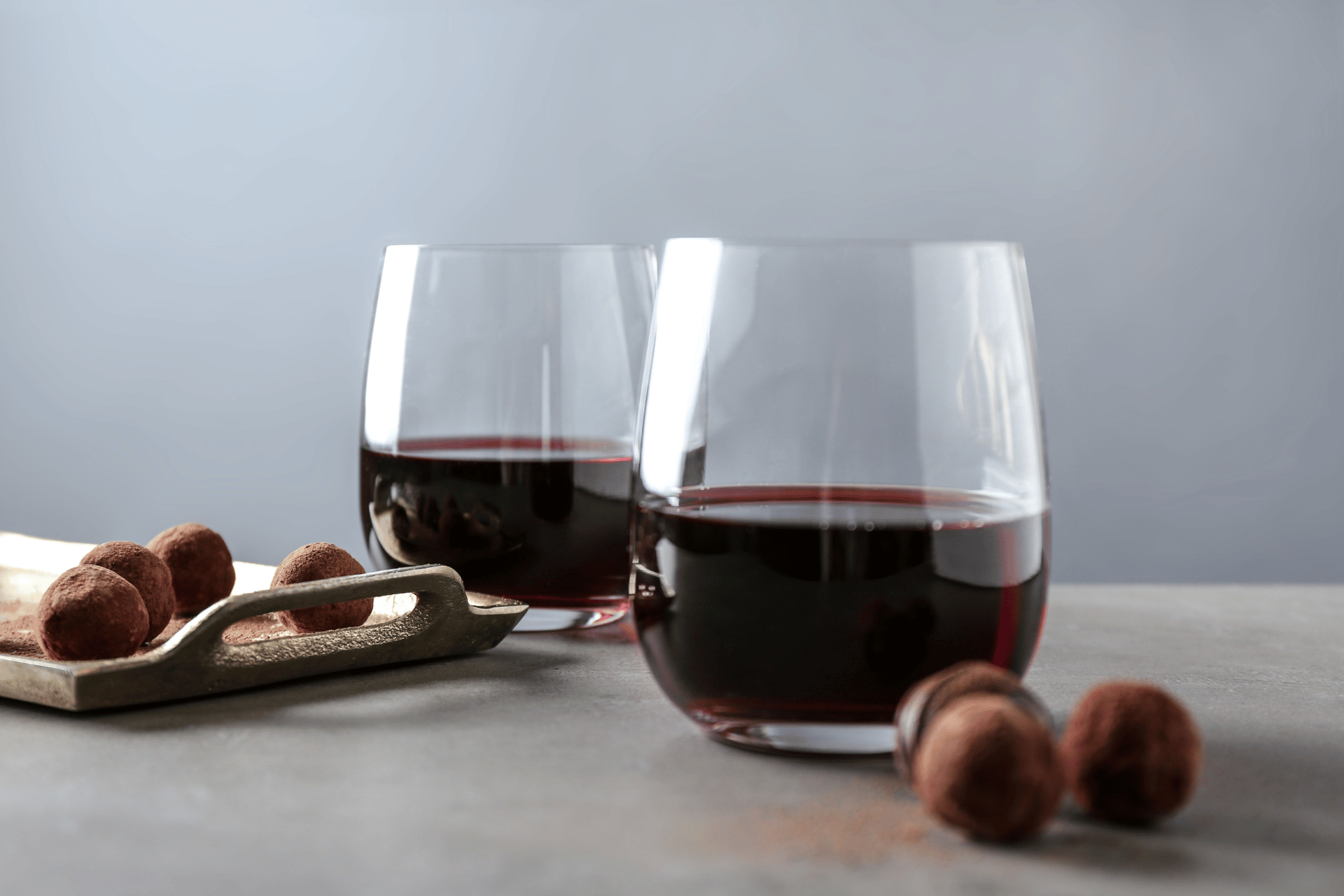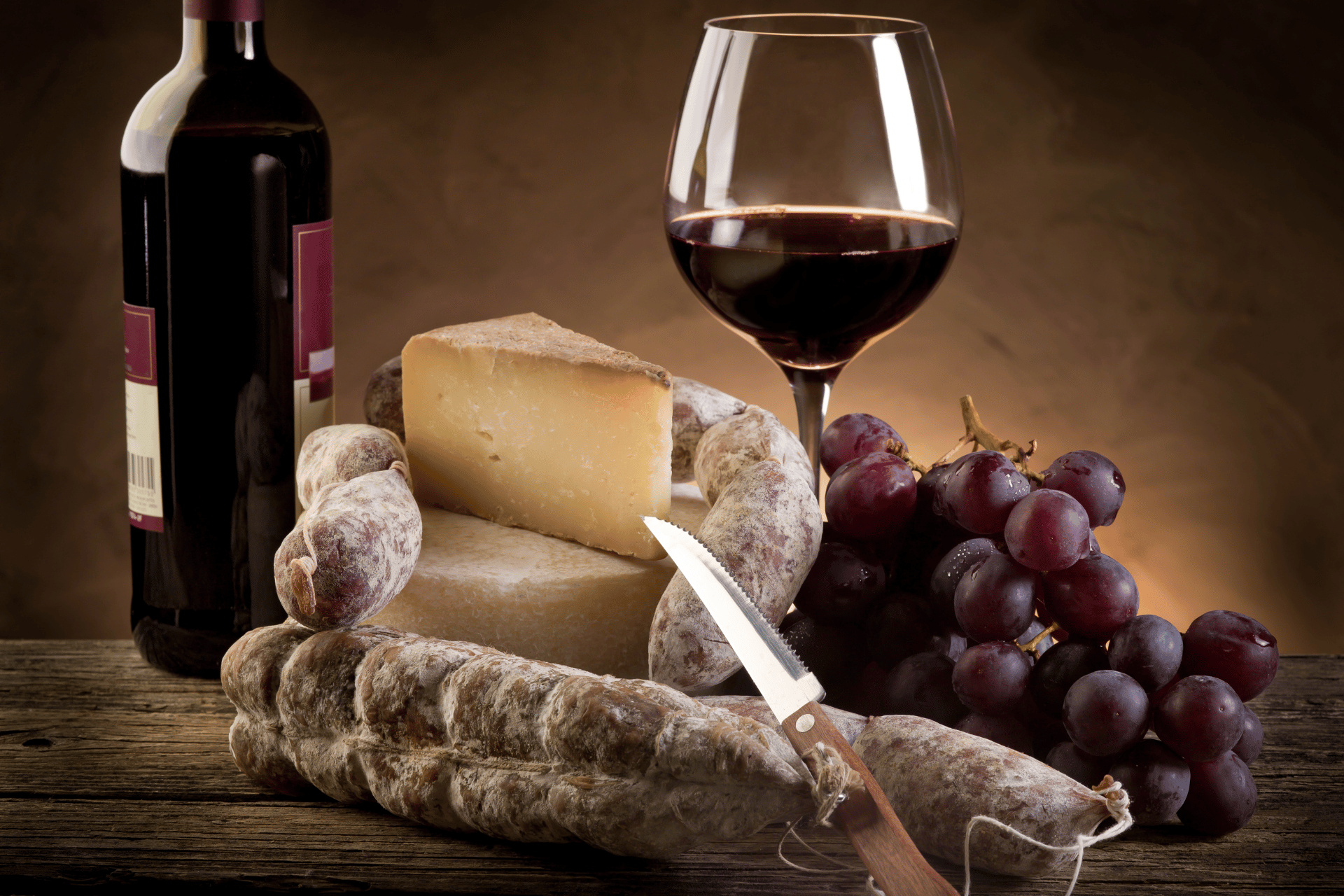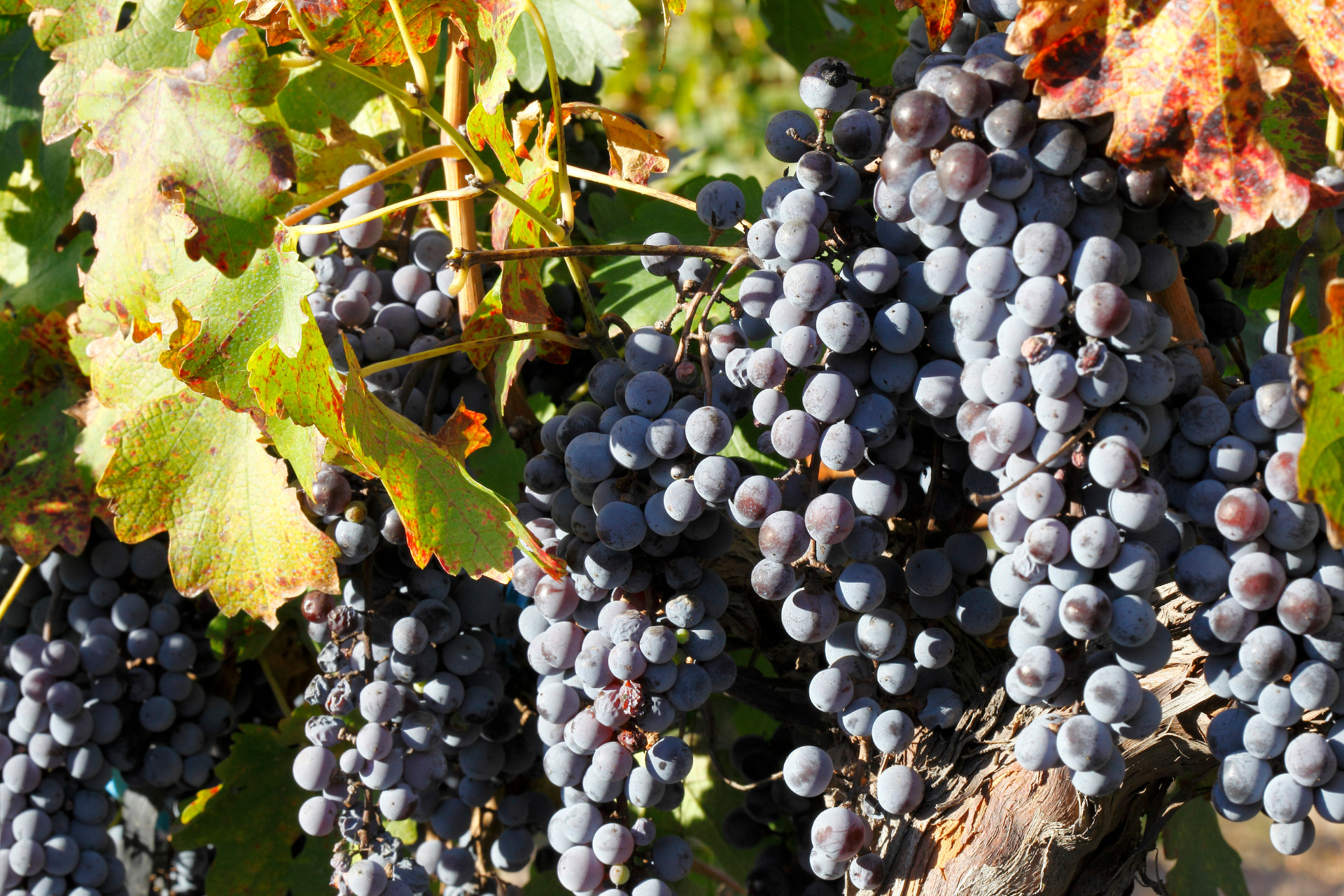Merlot: The Approachable Red
Merlot: The Approachable Red—A Deep Look into Its Character, Food, and Cheese Pairings

Merlot has long enjoyed a reputation as one of the most approachable and versatile red wines in the world.
Often described as softer and smoother than its more robust cousin Cabernet Sauvignon, Merlot is beloved for its lush, fruit-forward character, supple tannins, and adaptability at the table.
But what truly sets Merlot apart is its ability to harmonize with a wide range of foods—especially poultry and cheese—making it a perennial favourite for both casual sipping and sophisticated dining.
The Essence of Merlot
A Brief History and Global Reach
Originating from the Bordeaux region of France, Merlot has become a global phenomenon, thriving in both Old World and New World vineyards.
French appellations like Saint-Émilion and Pomerol are celebrated for their Merlot-based blends, but the grape also flourishes in Italy’s Tuscany, California’s Napa and Sonoma Valleys, Washington State, Australia, Chile, Argentina, and South Africa. Its adaptability to different climates and soils has allowed Merlot to express a spectrum of flavours and textures, from the elegant and restrained to the bold and plush.
Flavour Profile and Structure
Merlot is a dry, medium-to-full-bodied wine, typically boasting moderate acidity and pronounced but gentle tannins.
Its hallmark flavours are dark fruits—think black cherry, plum, blackberry, and raspberry—layered with herbal notes, vanilla, mocha, and sometimes a touch of chocolate or bay leaf. The exact expression depends on where it’s grown: cooler climates yield fresher, redder fruit and higher acidity, while warmer regions produce richer, riper, and sometimes spicier wines.
What makes Merlot so inviting is its velvety texture. Unlike Cabernet Sauvignon, which can be assertively tannic, Merlot’s thinner skins and lower seed count result in softer tannins and a smoother mouthfeel.
This “smooth operator” quality makes it a crowd-pleaser and an ideal companion for a variety of dishes.
Why Merlot Works So Well with Food
Balance and Versatility
Merlot’s balanced structure—medium body, moderate acidity, and gentle tannins—means it rarely overwhelms food. Instead, it acts as a harmonious partner, enhancing flavours without dominating them. Its fruit-forward palate can complement sweet, savory, and umami notes, while its acidity and tannins help cleanse the palate between bites.
Classic Pairings: Poultry and Beyond
One of Merlot’s most celebrated matches is with poultry, especially chicken and turkey.
The wine’s softness and fruitiness play well with the mild flavours and tender textures of white meats. For example, a roast chicken seasoned with herbs like thyme or tarragon finds a perfect partner in Merlot, whose supple tannins and bright fruit won’t overpower the dish but will instead elevate its savory notes.
Even richer poultry preparations, such as duck or BBQ chicken taquitos, benefit from Merlot’s ability to balance sweet, tangy, and smoky flavours.
But Merlot’s versatility doesn’t stop at poultry. It also pairs beautifully with:
- Grilled or roasted meats (especially lean cuts like fillet or flank steak)
- Tomato-based pasta dishes
- Mushroom risotto
- Lamb and pork
- Hearty vegetarian fare, such as lentil stews or roasted root vegetables
The Art of Pairing Merlot with Cheese
Wine and cheese are a time-honored duo, and Merlot stands out as one of the most cheese-friendly reds. Its moderate tannins and approachable fruit profile make it an excellent match for a wide array of cheeses, from creamy and mild to sharp and nutty.
Principles of Wine and Cheese Pairing
- Match Intensity: Pair bold wines with strong cheeses and lighter wines with milder cheeses.
- Balance Acidity and Creaminess: Creamy cheeses can soften the wine’s tannins, while the wine’s acidity cuts through the richness of the cheese.
- Consider Regional Pairings: Wines and cheeses from the same region often share a natural affinity
Top Cheese Matches for Merlot
Here’s a closer look at some of the best cheese partners for Merlot, and why they work so well:
| Cheese | Description & Why It Pairs with Merlot |
|---|---|
| Gorgonzola | Creamy, sharp, with a hint of sweetness. The richness and slight bite of Gorgonzola balance Merlots fruit and tannin, creating a harmonious interplay. |
| Brie | Soft, creamy, and subtly tangy. Bries richness mellows the wines acidity, while Merlots fruit lifts the cheeses flavours. |
| Camembert | Similar to Brie, but often earthier and more robust. The creamy texture enhances Merlots smoothness, and the cheese brings out the wines berry notes. |
| Cheddar | Aged, nutty, and sometimes sharp. Cheddars intensity stands up to Merlots body, while the cheeses saltiness highlights the wines fruit. |
| Gruyere | Nutty, slightly salty, and firm. Gruyeres complexity complements Merlots layered flavours, and its fat content softens the wines tannins. |
| Gouda | Buttery and caramel-like, especially when aged. Goudas sweetness and texture pair well with Merlots plush fruit and smooth finish. |
| Asiago | Semi-hard, nutty, and savory. Asiagos saltiness and depth play off Merlots fruit and acidity. |
| Muenster | Mild, creamy, and slightly tangy. Muensters subtlety allows Merlots flavors to shine, while its creaminess smooths the palate. |
| Blue-veined Cheeses | Gorgonzola and similar blues offer a pungent, creamy counterpoint to Merlots smoothness, especially when the wine is fruit-forward. |
The Science Behind the Pairing
The pleasure of pairing Merlot with cheese lies in the interplay of textures and flavours.
The astringency of the wine (from tannins) is balanced by the creamy fat content in cheese, creating a pleasant, rounded sensation in the mouth.
Creamy cheeses, in particular, can soften the perception of tannins, making the wine taste even smoother and more integrated.

Creating the Perfect Merlot Pairing Experience
Poultry and Merlot: A Match Made in Heaven
For a classic pairing, try roast chicken with Merlot.
The wine’s fruitiness and gentle tannins enhance the savory, herby notes of the chicken, while its acidity refreshes the palate after each bite.
For a twist, BBQ chicken taquitos with a touch of sweet and smoky sauce are elevated by Merlot’s ripe cherry and plum flavours, which echo the sweetness of the sauce and add depth to the dish.
Cheese Boards with Merlot
When building a cheese board to enjoy with Merlot, aim for variety:
- Include a creamy cheese (Brie or Camembert)
- Add a sharp or aged cheese (Cheddar or Gruyère)
- Offer a blue cheese (Gorgonzola)
- Balance with mild, semi-hard options (Gouda, Asiago, Muenster)
Accompany your cheeses with fresh or dried fruits (figs, cherries, plums), toasted nuts, and crusty bread or crackers. These additions will echo the flavours in the wine and create a more engaging tasting experience.
Beyond the Basics: Regional Pairings
For a truly authentic experience, seek out cheeses from the same region as your Merlot.
For example, a French Merlot from Bordeaux pairs beautifully with French cheeses like Brie, Camembert, or Comté. An American Merlot from California or Washington works well with local artisanal cheeses, such as Sonoma Jack or Wisconsin Cheddar
Tips for Enjoying Merlot with Food and Cheese
- Serve at the Right Temperature: Merlot is best enjoyed slightly below room temperature, around 15–18°C (59–64°F). This preserves its freshness and highlights its fruit.
- Let It Breathe: Decanting Merlot for 30 minutes to an hour can help open up its aromas and soften any remaining tannins, making it even more food-friendly.
- Experiment with Pairings: Don’t be afraid to try new combinations. Merlot’s versatility means it can surprise you with unexpected pairings, from spicy sausage to earthy mushroom dishes.
- Mind the Sauce: When pairing with poultry or other meats, consider the sauce. Tomato-based, herby, or sweet-and-savory sauces often work best with Merlot’s fruit and acidity
Conclusion: Merlot’s Enduring Appeal
Merlot’s charm lies in its balance—of fruit and structure, richness and approachability, versatility and character. Its ability to complement poultry dishes, from simple roast chicken to tangy BBQ creations, makes it a staple at the dinner table.
Meanwhile, its affinity for a wide range of cheeses—from creamy Brie to robust Gorgonzola—ensures it always has a place on the cheese board.
Whether you’re a seasoned wine lover or a curious newcomer, Merlot invites you to explore its many facets. Pour a glass, gather some friends, and let the wine’s smooth, fruit-driven personality elevate your next meal—especially when poultry and cheese are on the menu.
Merlot is not just a wine; it’s an experience—one that’s best shared, savored, and celebrated.
Wine and Cheese Affair News


